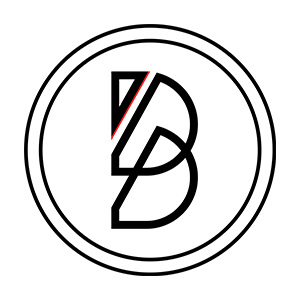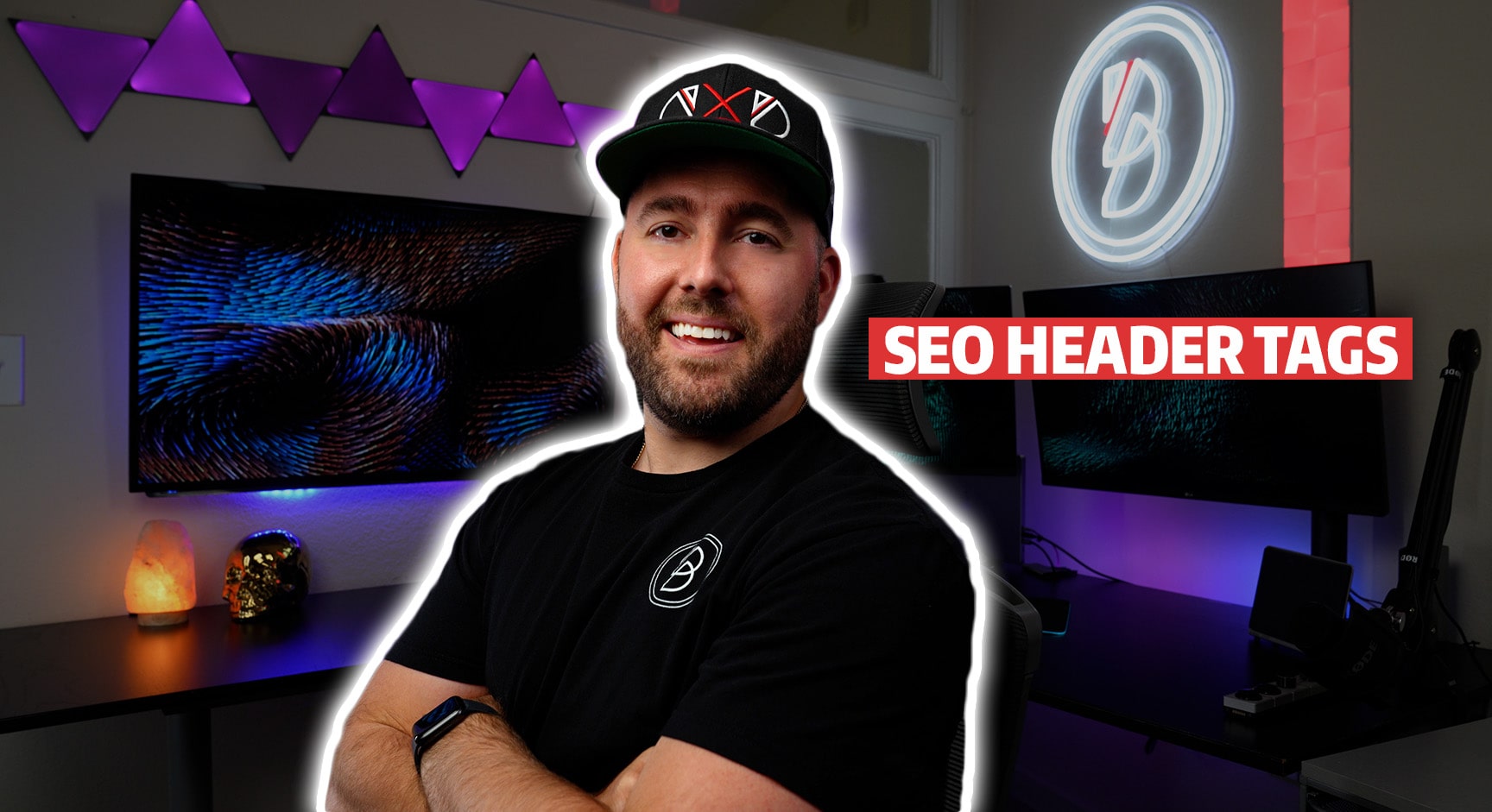If you want to boost your search engine optimization, SEO header tags should be an essential part of your strategy. They can help you create optimized content, make your articles more readable and lead to higher rankings on Google. Learn more about our SEO tips and tricks for header tags by reading on.
What are Header Tags?
Header tags, HTML header tags, or HTML heading tags, are HTML elements that are used to separate headings and subheadings on a webpage. Search engines can better understand your content when you break them up with headings and subheadings, and they make it easier for your readers to consume your article.
One of the most important functions of SEO head tags is to tell web browsers how to display content. Header tags rank in order of importance from H1 (which is the most important heading and usually used for the title) to H6 tags.
How to Use SEO Header Tags
Some people mistakenly think they can use H1-H6 headings randomly. They use header tags to style their articles instead of using them to rank better on search engines. To correctly use headings and subheadings in your articles, use them in this order:
- Heading 1 (H1) is the main heading and should be used for your blog post title
- Heading 2 (H2) is used for your subheadings, e.g., different paragraph titles
- Heading 3 (H3) should be used for subheadings within your H2 subheadings
- Heading 4 (H4) should be used for a subheading within your H3
- Heading 5 (H5) should be used for a subheading within your H4
- Heading 6 (H6) should be used for a subheading within your H5
Best Practices for Using Header Tags to Boost Your SEO
Getting into the nitty gritty of how to use header tags requires a bit more complex information. Here’s everything you need to know to use header tags to optimize your content and boost SEO.
1) Use Keywords
Keyword research is an important part of any SEO strategy. It helps your content rank for certain words and phrases that internet users type into search engines when looking for information, products, or services.
When you know what words and phrases users search for, you can strategically integrate them into your blog post so more people find you. However, you should also include them in as many header tags as possible.
One thing to keep in mind is to avoid being spammy with keywords in your header tags. Otherwise, you can be penalized for keyword stuffing.
When possible, frontload your keywords to help boost your on-page SEO. Frontloading refers to adding keywords to the beginning, or the front, of sentences, paragraphs, links, list items, and call-to-actions. That way, your reader is more likely to discover the key messages you’re sharing in your post and less likely to get bored.
2) Your H1 Tag Is the Most Important One
Your page title or headline is the most important one as it acts as an information guide for search engine bots. For the title, you will use the H1 tag. Make sure that it includes your focus or main keyword.
While it most often appears at the top of articles, H1 tags can be placed anywhere within the body of your content. Keep in mind to always include an H1 tag in each article, only use one per page, make it unique, avoid using too many keywords in the tag, and keep it to no more than 60 characters in length.
Another important thing to point out is that the page title is different from the header tag. Lastly, here are a few SEO tricks to come up with effective H1 SEO header tags:
- Insert the highest volume and critical keywords in the title tag
- Use the next most important keywords in the H1 tag
- Create a table of keywords to help you write your different headings. An SEO keyword research tool like SEMrush, KWFinder, Serps, SEO Book, Wordstream, or Keyword.io is very useful for finding high-volume keywords
3) Use Header Tags to Optimize Page Structure
People nowadays have very short attention spans. You have to grab them with your content as soon as they view your post. One way to do this is by structuring your articles properly and header tags can help.
If used correctly, header tags improve information organization, establish article flow, and make it easy to skim through content. That way, users and search engines can quickly grasp what your content is about.
When you use header tags properly, you not only break up your text instead of overwhelming readers with long, unreadable paragraphs but also improve your user experience. A positive user experience can ensure that readers return to your site, which will help you rank better over time.
Additionally, having a well-structured article improves your readability score, which is a metric that shows how easy it is for readers to read and digest your content. Lastly, header tags can make it easy for you to create a hyperlinked table of contents for each content section.
4) Use Header Tags to Reinforce Search Intent
Header tags are ideal for reinforcing that your content will meet search intent. Although keywords are often touted as the most important part of SEO, search intent is becoming equally essential.
The first element of your page that shows your content meets search intent is your page title. Your other header tags also have to reinforce that your content meets search intent.
You can do that by using Q&A-style header tags. For example, ask a question in your header tags, like: “What are header tags?” Using a Q&A style format in your header tags shows users right away that you are answering their key questions.
Alternatively, you can use long-tail keywords to reinforce search intent. They can be used to describe what your content is about. Every time someone spends extended periods of time on your page, long-tail keywords signal to search engines that your content meets search intent and is valuable to users.
5) Optimize Your Content to Rank for Featured Snippets
When searching for something on Google, you may get featured snippets as a result. These are highlighted excerpts of text that appear at the top of a Google search results page, also known as ‘Position 0’. These usually appear when someone enters informational search queries and they provide a quick answer to that search query.
Featured snippets are an excellent way to rank high on Google. You can appear there when you optimize your header tags in a way that lists answers to potential search queries. Google will then pull the information from your subheadings to create a bulleted featured snippets list.
6) Improve Accessibility
Header tags improve a webpage’s accessibility as screen readers can read HTML code. In addition, they make scanning a page and navigation easier. Your header tags can also help make your content accessible to a wider audience.
For example, based on your SEO header tags, visually impaired people can determine whether your content is what they are looking for and if it’s worth reading. That’s because header tags can provide shortcuts for visually impaired users that help them find certain sections faster.
7) Be Descriptive
A descriptive header tag is an excellent way to encourage engagement. It helps your content stand out, and makes it more intriguing. When users enjoy reading your content, they stay on your page longer. This helps boost your SEO and your content to rank higher in search.
8) SEO Header Tags Tips & Tricks
Here’s a quick summary of the most important SEO header tags tips to follow:
- Only use one H1 tag per blog post (one title)
- Outline the main sub-sections of your blog post
- Try to include your keywords in your subheadings if possible
- Always aim for sentence form rather than one word
Final Thoughts
An excellent way to improve user experience and boost SEO, header tags are an essential part of every blogger’s optimization strategy. They help you organize your content, make it more readable for your site visitors, and thereby enhance your engagement metrics.
When you improve your metrics, search engines view your content as valuable to users, which leads to better rankings, and more organic traffic to your blog.
So, if you’re wondering how to get your website to rank higher on Google, simply use our SEO best practices for header tags, and you’ll soon enjoy managing a successful blog.

